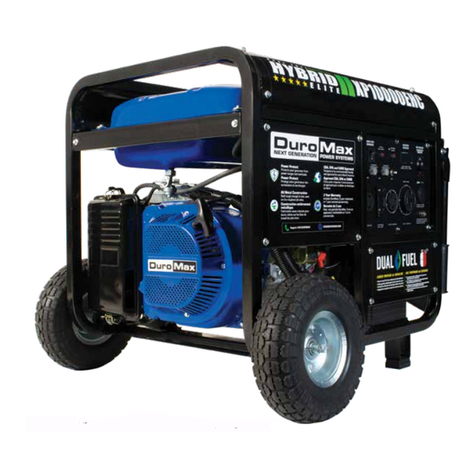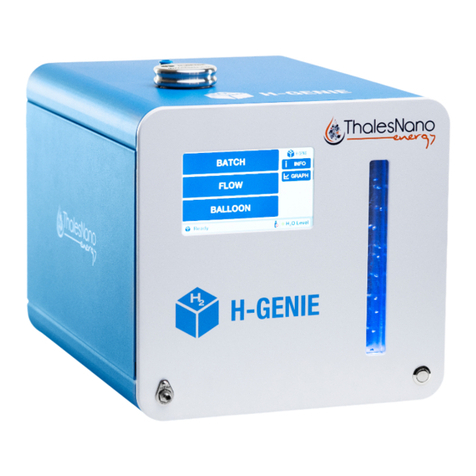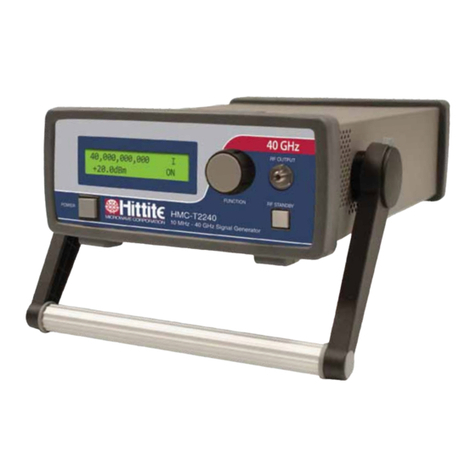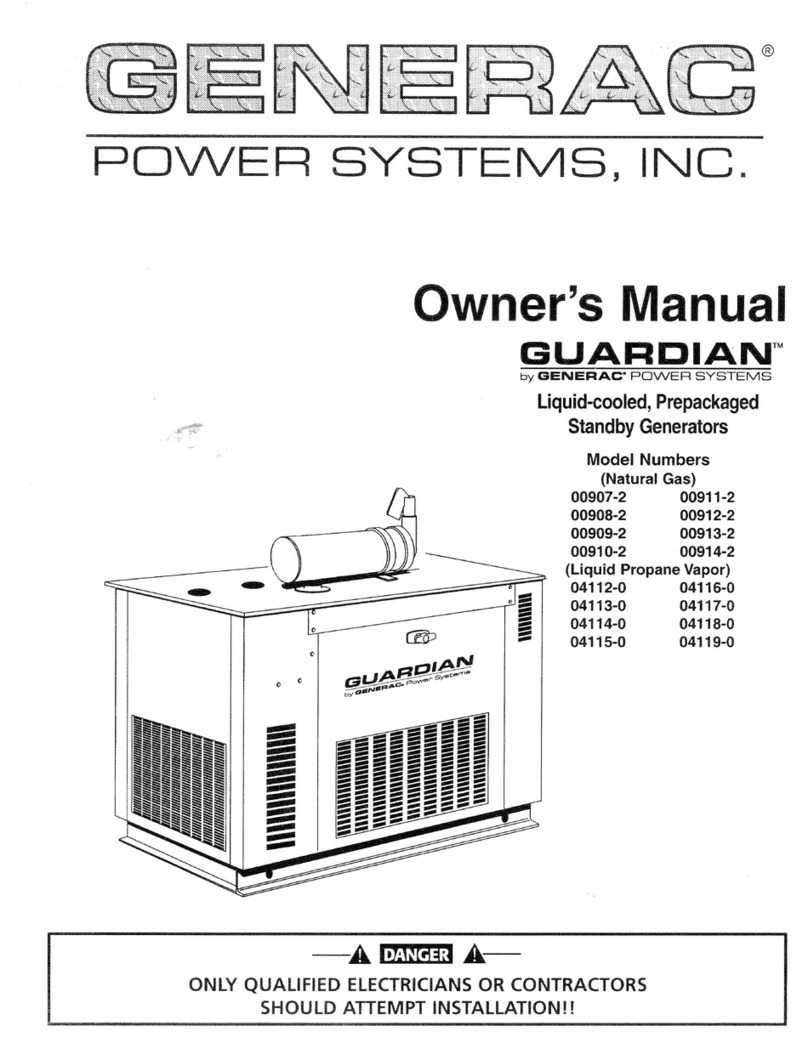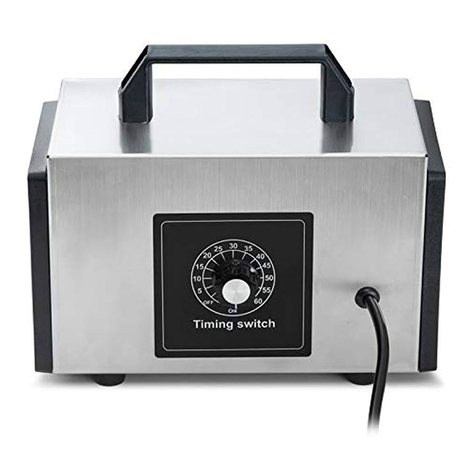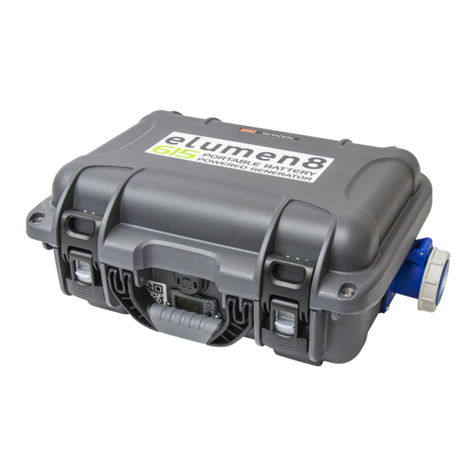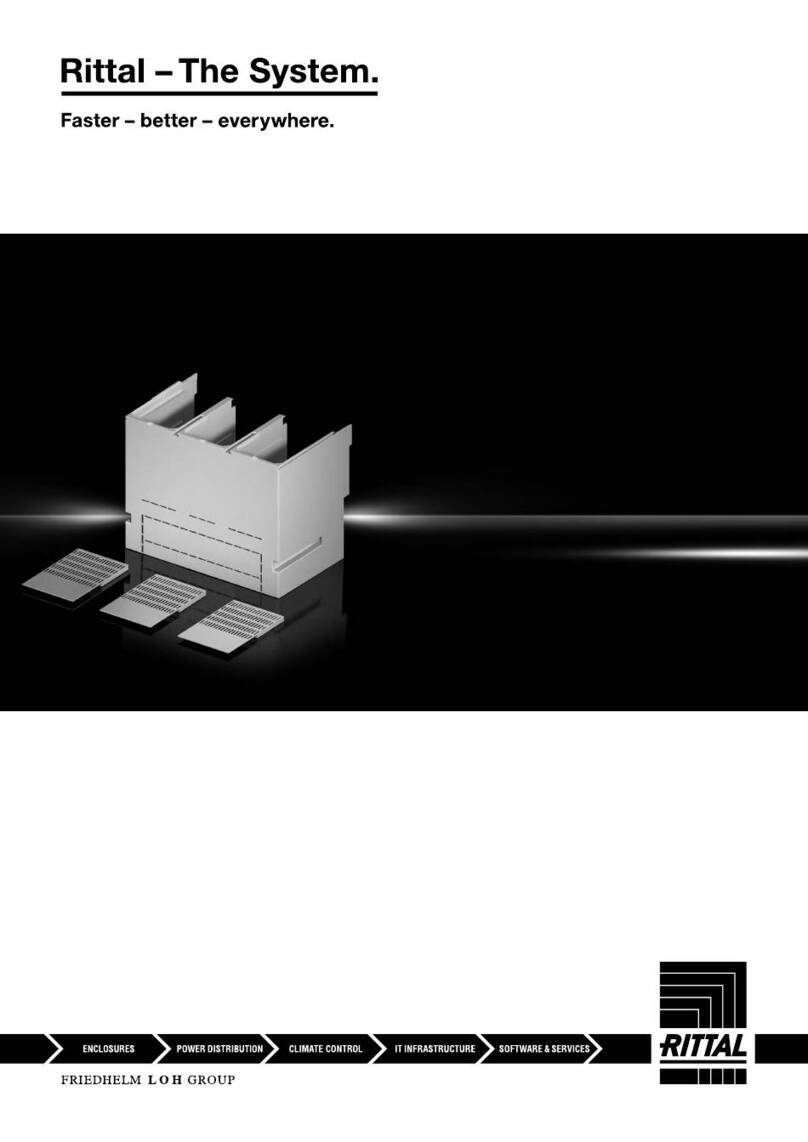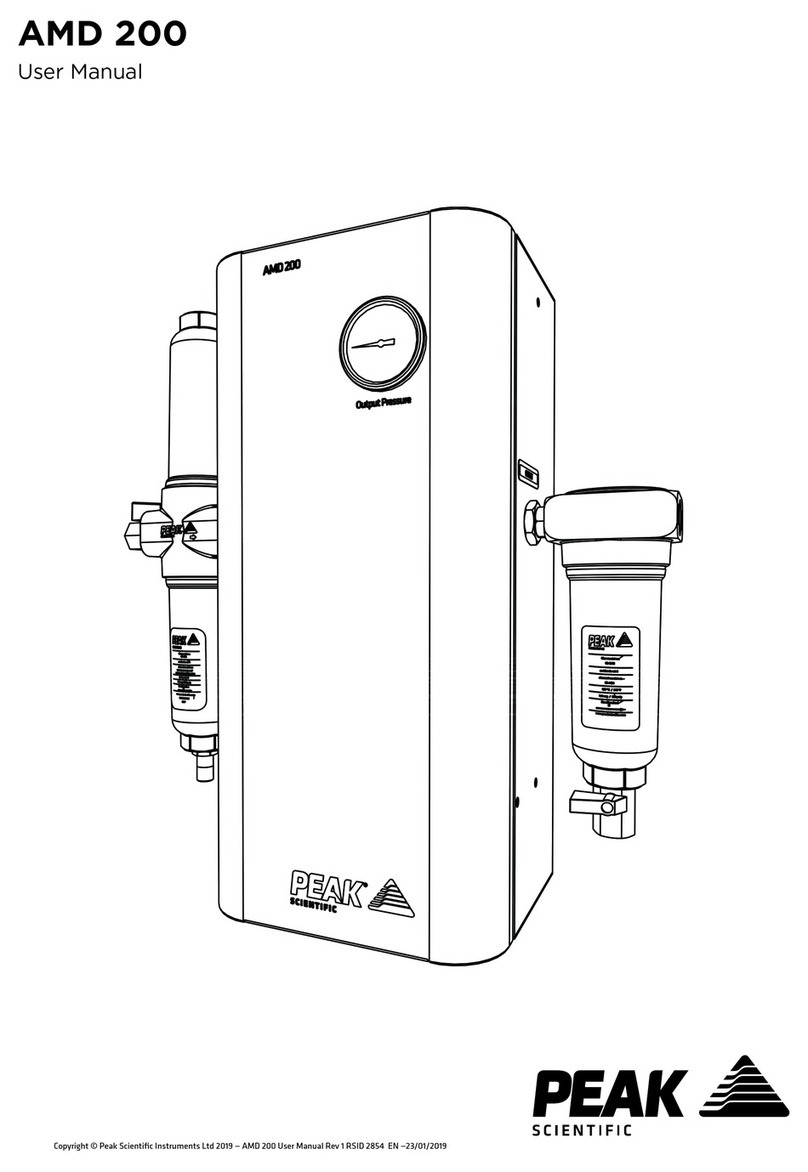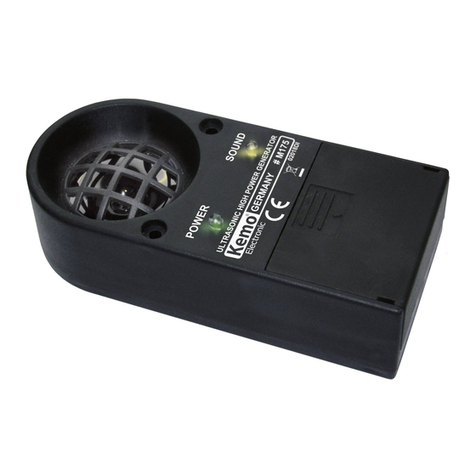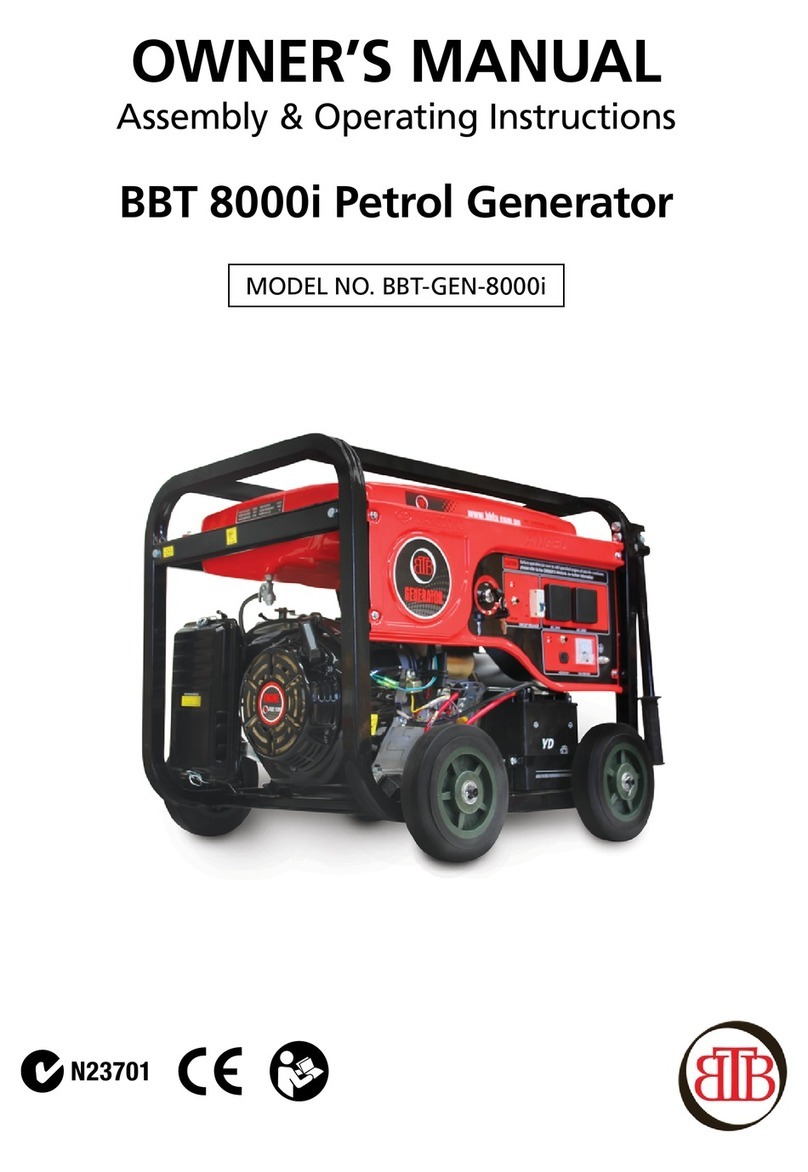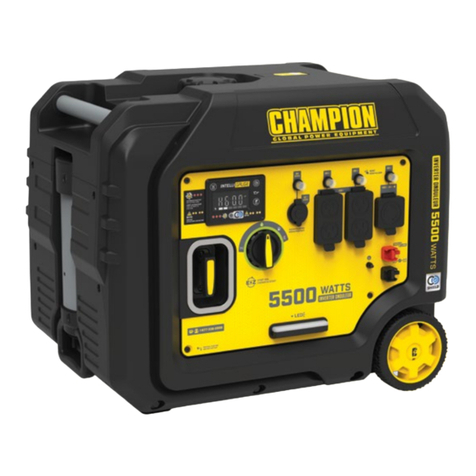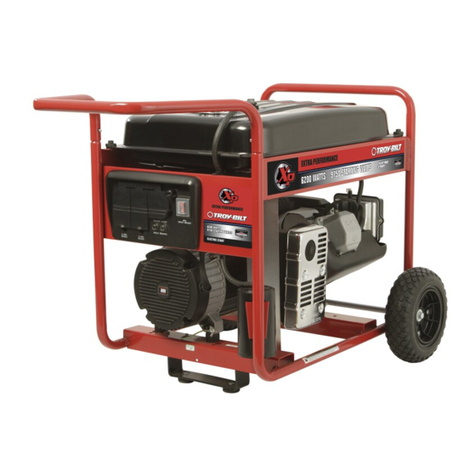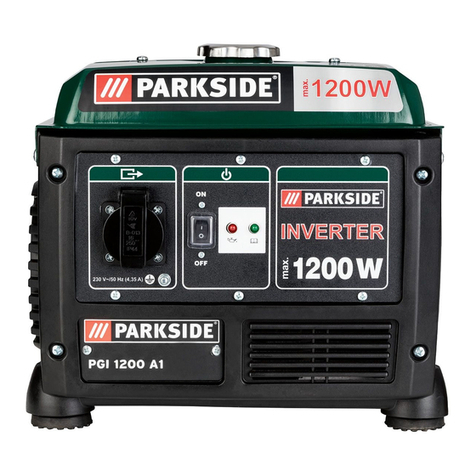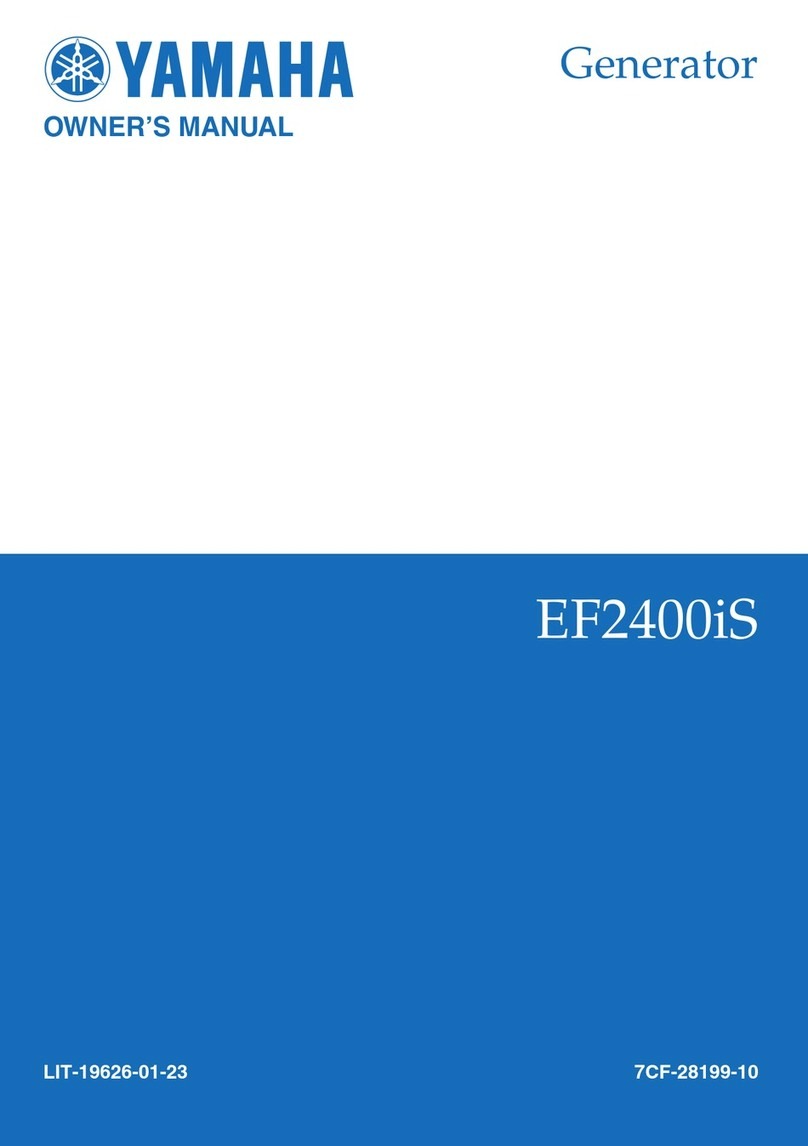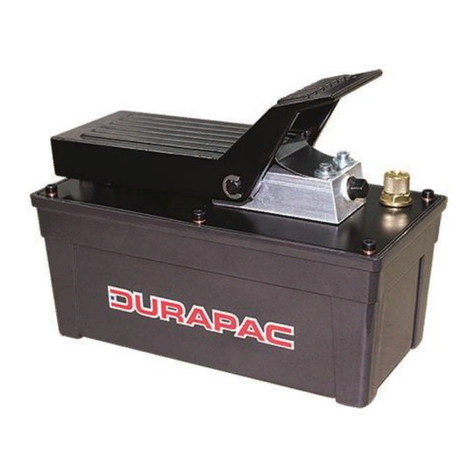
PROGRAMMABLE AC/DC POWER SOURCE
viii
4.26 Changing the Background Color and the Contrast of the Screen............................ 173
4.27 Restoring to the Factory Default Setting (Reset)..................................................... 174
5. Description of Screen and Menu...................................................................................... 179
5.1 Screen Configuration .............................................................................................. 180
5.1.1 Status Icon ...................................................................................................... 181
5.1.2 Measured Value Display Items ........................................................................ 182
5.1.3 Output Setting Display Items ........................................................................... 183
5.1.4 Warning and Error Display............................................................................... 183
5.2 Menu Composition .................................................................................................. 184
5.2.1 Menus of the Continuous Function .................................................................. 184
5.2.2 Menus of the Sequence Function .................................................................... 185
5.2.3 Menus of the Simulation Function.................................................................... 186
5.2.4 Menus of the Memory Function ....................................................................... 186
5.2.5 System Menus ................................................................................................. 187
6. Remote Control ............................................................................................................... 189
6.1 Communication Interface ........................................................................................ 190
6.1.1 USB ................................................................................................................. 190
6.1.2 RS232 ............................................................................................................. 192
6.1.3 GPIB................................................................................................................ 194
6.1.4 LAN ................................................................................................................. 196
6.2 Remote/Local State Switching ................................................................................ 199
6.2.1 Remote State................................................................................................... 199
6.2.2 Local State ...................................................................................................... 199
7. Options............................................................................................................................ 201
7.1 Outlet...................................................................................................................... 202
7.2 Application Software ............................................................................................... 202
7.3 Remote Controller................................................................................................... 203
7.4 Rack-Mount Adapter ............................................................................................... 203
7.5 Replacement Air Filter ............................................................................................ 204
8. Troubleshooting............................................................................................................... 205
8.1 Error Messages and Error Handling........................................................................ 206
8.1.1 Error Message Screen ..................................................................................... 206
8.1.2 If An Error Message is Displayed..................................................................... 206
8.1.3 If An Error Occurs Repeatedly ......................................................................... 207
8.1.4 Protection Operation Types ............................................................................. 208
8.1.5 Error Message List .......................................................................................... 209
8.2 When a Failure is Suspected .................................................................................. 213
9. Maintenance.................................................................................................................... 219
9.1 Preface ................................................................................................................... 220
9.2 Daily Maintenance .................................................................................................. 220
9.3 Storage, Repackaging, Transportation .................................................................... 222
9.4 Checking Firmware Version .................................................................................... 223




















